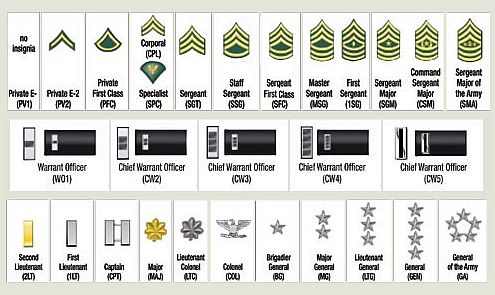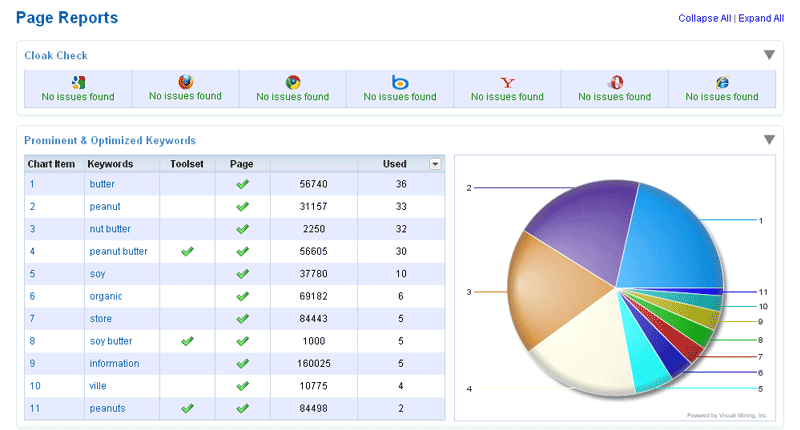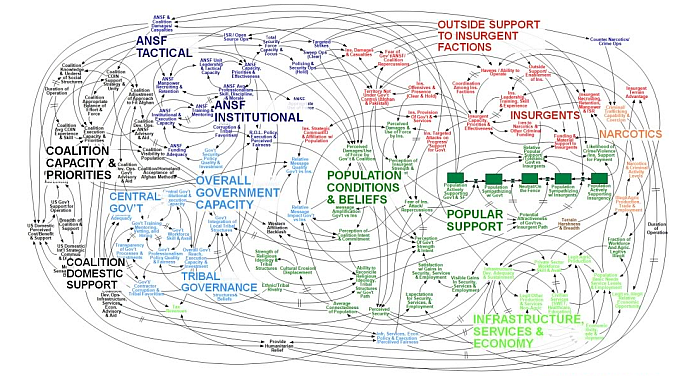SEO Tools, particularly website audit ones like Xenu Link Sleuth or PowerMapper SortSite, can sometimes take a long time to run when examining particularly large websites. Occasionally you may even need to reboot your machine for some other reason, which then ruins some particular run of these tools, forcing you to start over.
I recently got frustrated with this (and my laptop hitting near-Fahrenheit-451*-levels when doing site audits) and began looking for cheap solutions for running Windows software remotely.
*R.I.P. Ray Bradbury!
Why Cheap “VPS” Services Seem Like a *Really* Bad Idea
My understanding of most VPS (virtual private server) services is, they aren’t necessarily virtual private servers in actuality – most are merely an *account* on a virtual private server, Read on »











